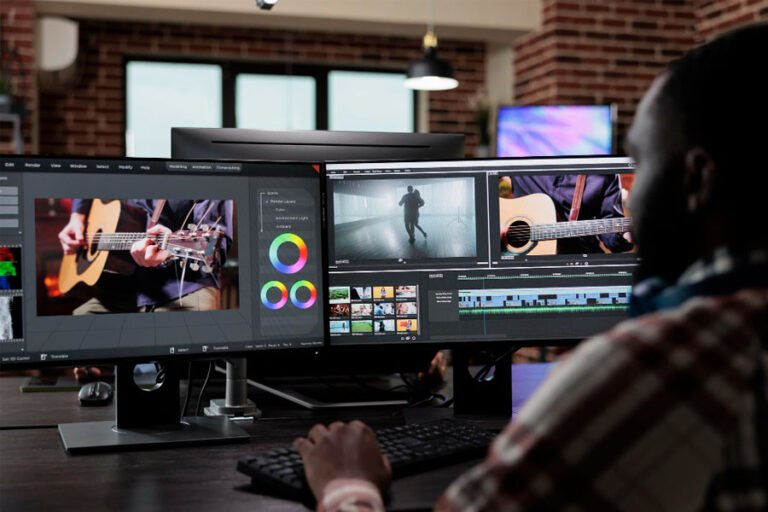Your Designs Are Pretty—But Do They Sell?
Your Designs Are Pretty—But Do They Sell?
You’ve crafted the layout. Picked the perfect font. Balanced white space with color like a pro. The design is clean, professional, and beautiful.
But one question changes everything: Does it convert?
While stunning visuals earn compliments, strategy earns conversions. And in the world of business, conversions matter more than compliments.
This is where many creatives fall short. They design with their eyes, not with the user journey in mind. Let’s explore what makes a design not just pretty—but profitable.
Design Should Do More Than Look Good
Design isn’t just an artistic expression. It’s a business tool. In every project, the goal shouldn’t only be to please the eye—it should be to prompt action.
A strong design:
- Grabs attention and keeps it
- Makes information easier to digest
- Helps the viewer make a decision faster
- Encourages clicks, sign-ups, purchases, or engagement
If your designs aren’t moving people toward action, they’re only doing half the job.
Start With the Purpose, Not the Palette
Before you open your design software, pause and ask: What is this supposed to accomplish?
Whether you’re designing a landing page, social media graphic, or product banner, your first focus should be on intent.
Is the goal to sell something? Build trust? Educate?
When your visuals align with that goal, the design becomes a driver—not just decoration.
Too often, we lead with aesthetics and retro-fit the goal afterward. Instead, flip the script. Strategy comes first. Style follows.
Your Layout Should Support the Message
Words sell. Design guides.
A common mistake is focusing so much on visuals that you forget what you’re trying to say. But when copy and design work together, that’s when things click.
So, don’t hide the call to action behind fancy animations. Don’t bury the headline under decorative images. Make the core message unmissable.
Use spacing to draw attention. Use color to emphasize key elements. And always design around what the words need to do.
If you’re unsure how to improve your copy-to-design ratio, this guide on writing high-converting website copy can help.
Design for Buyers, Not Just Brands
It’s easy to focus on what the client wants. But remember—your design is not just for the brand. It’s for the customer.
When someone lands on a website or sees an ad, they’re asking:
“Is this for me?”
Your design should answer that question fast. It should speak the customer’s language, solve their problem, and build trust immediately.
Designing with the buyer in mind helps you create visuals that drive outcomes—not just aesthetics.
Balance Beauty With Clarity
You can be creative without being confusing. That’s the line great designers learn to walk.
Trendy fonts, unexpected layouts, and flashy animations can work—but only when they don’t get in the way of clarity. If someone has to guess what the design is about, you’ve lost them.
Always ask:
- Can someone understand the message in 3 seconds?
- Is the next action obvious?
- Does this design make the viewer want to learn more?
When in doubt, simplify. Clarity drives confidence—and confidence leads to clicks.
Measure What Matters
If you want to move from “designer” to “strategic partner,” start tracking your impact.
Ask clients what their goals are. After your design goes live, ask:
- Did clicks increase?
- Are more people signing up?
- Did the bounce rate drop?
Even simple data can help you improve. It also shows clients you care about their results—not just your portfolio.
Want to learn how great designers think beyond visuals? This blog on how top creatives go from concept to real-world impact will give you fresh insight.
Design That Works Is Design That Sells
There’s nothing wrong with beautiful design. But when beauty serves a purpose, it becomes powerful.
Your goal isn’t to just make something look nice—it’s to make it work. Work for your clients. Work for their customers. And work for the results they’re chasing.
So next time you finish a project, don’t just ask, “Does this look good?”
Ask, “Does this make someone take action?”
Because in the end, it’s not about likes. It’s about conversions.






